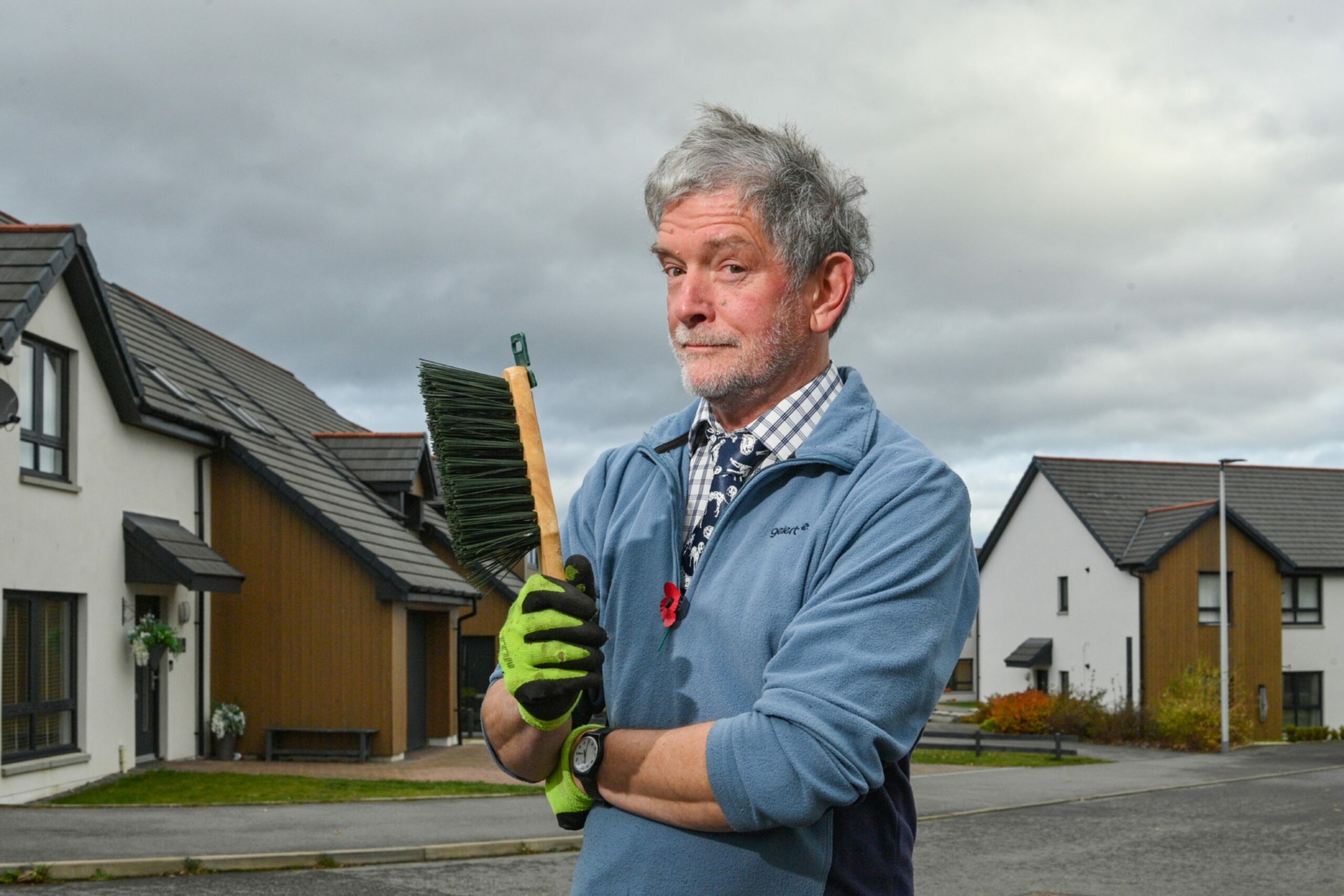The UK government, due to host COP26 in Glasgow later this year, has set the world’s most ambitious climate target – reducing emissions by 78% by 2035. UK property currently accounts for 22% of total emissions, but the end of the Green Homes Grant program no clear solution or roadmap to improve household energy efficiency and reduce emissions.
Securitizing homes that have achieved EPC Classes A and B could offer a £ 190 billion recapitalization opportunity, according to a report from geospatial technology company Kamma.
Government goals to improve UK property suffer from a large funding gap, but green securitisations could more than fill that gap and spark a green funding revolution in the UK market.
Previous proposals have indicated a stronger role for the private sector, with mortgage lenders taking greater responsibility for delivering an average EPC grade C by 2030. As Kamma previously reported, in England and Wales alone this is going to be a bill in the right direction of £ 48.3 billion with no clear indication of who is taking the bill.
Orla Shields, CEO of Kamma, said: “The hosting of the UN climate summit is putting even more pressure on the UK government to lead the way in the fight against climate change. So far, they have only set goals and outlined the scale of the challenge. In our search for solutions, we believe that now is the time for green RMBS. “
Recent market data shows a dramatic surge in the popularity of green investments, up 96% over the past year to around £ 288 billion worldwide.
Orla adds: “It’s no longer just about investors supporting sustainability goals. With a wave of new regulations hit the UK market, consumer sentiment and spending in favor of green brands, and an increase in ESG investment, banks are starting to realize the financial and environmental benefits of ESG products. Proposed regulations for the UK housing market, for example, could dramatically change the value of energy inefficient houses. Greener investments become more profitable investments. “
Kamma points to the world-leading example of the Dutch bank Oblivion, which has double qualified its RMBS with both green base values ​​and green use of the proceeds. The diversion of their recapitalized funds into green credit qualified another wave of homes for green RMBS, creating a positive cycle of green credit. A repetition at the UK market level would revolutionize green investment and available finance. A cheap market where investors pay a premium for better performing sustainable assets provides mortgage lenders with incentives to offer green RMBS, which increases lending and lowers interest rates on energy efficient homes. This in turn creates incentives for property owners to reduce emissions, creating a positive cycle that accelerates the transition to a greener world.
Orla concludes: “Securitizing around a quarter of the £ 190bn available could provide the funds necessary to meet the government’s goal of EPC Class C in households in England and Wales. This in turn would qualify an additional 2.6 million homes for green securitization, open up the green investment market and provide even more funding for the green revolution that UK housing urgently needs. “
 PLC 4ever
PLC 4ever


